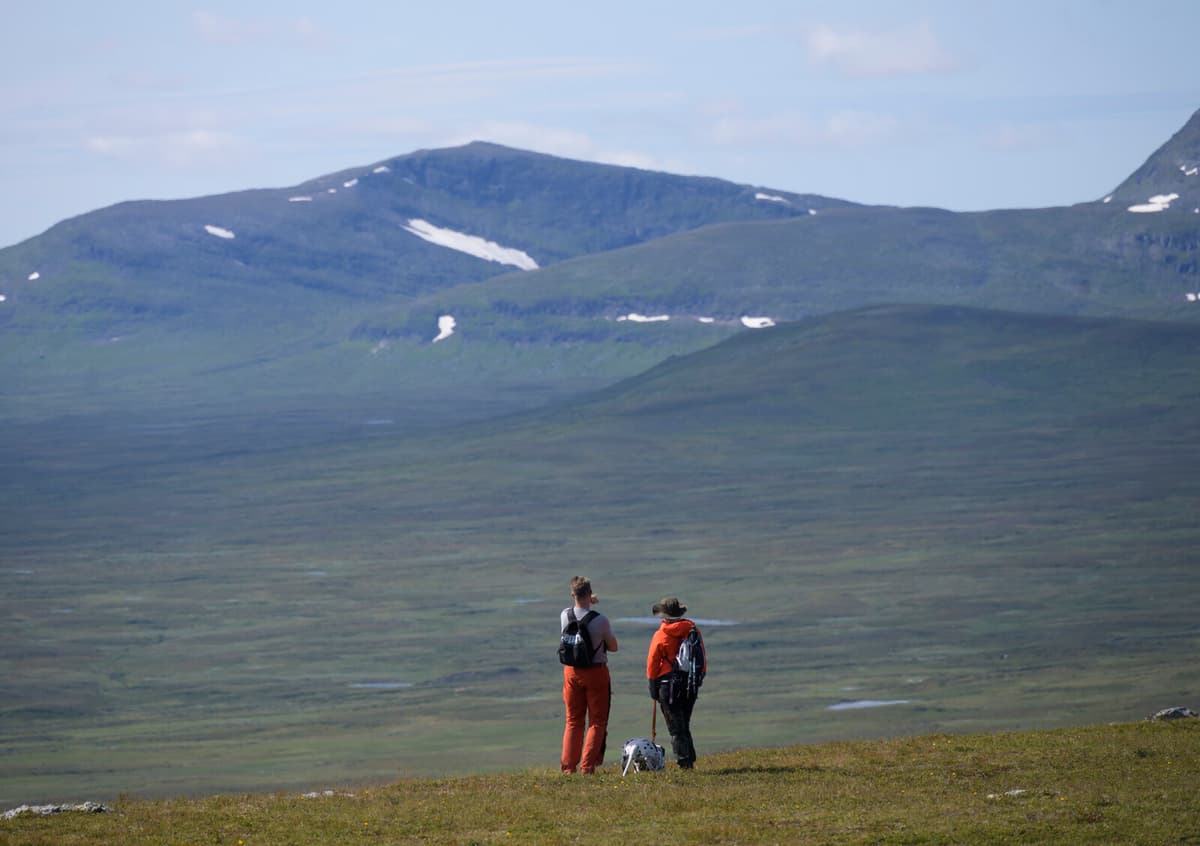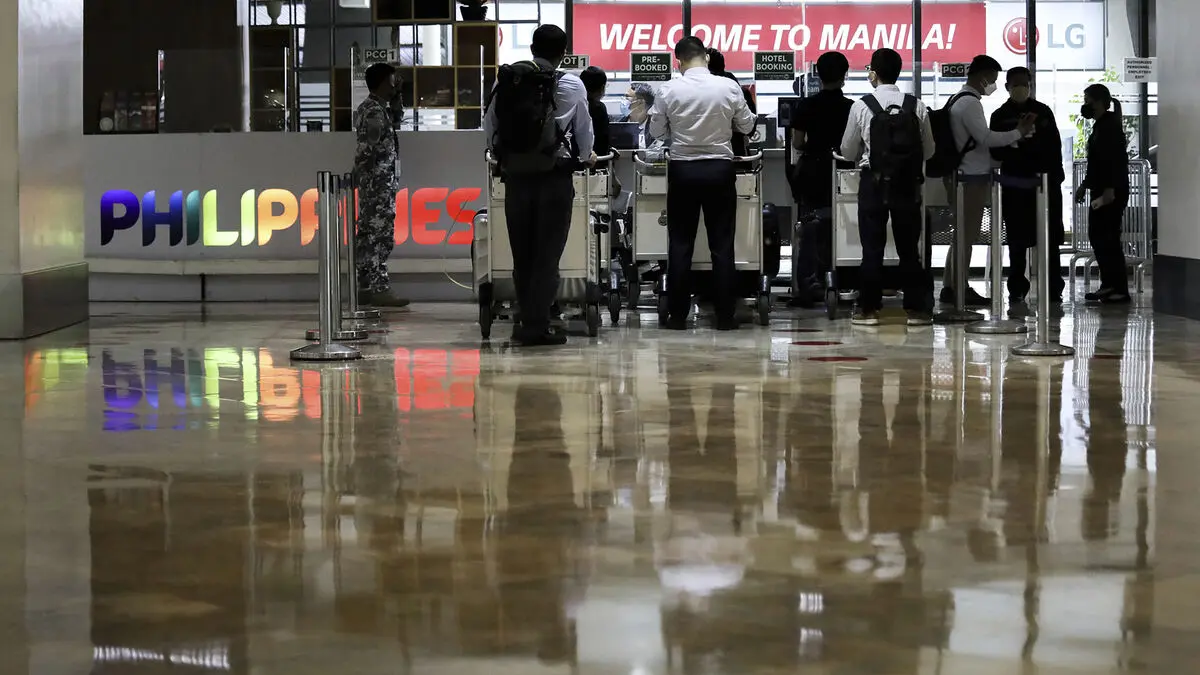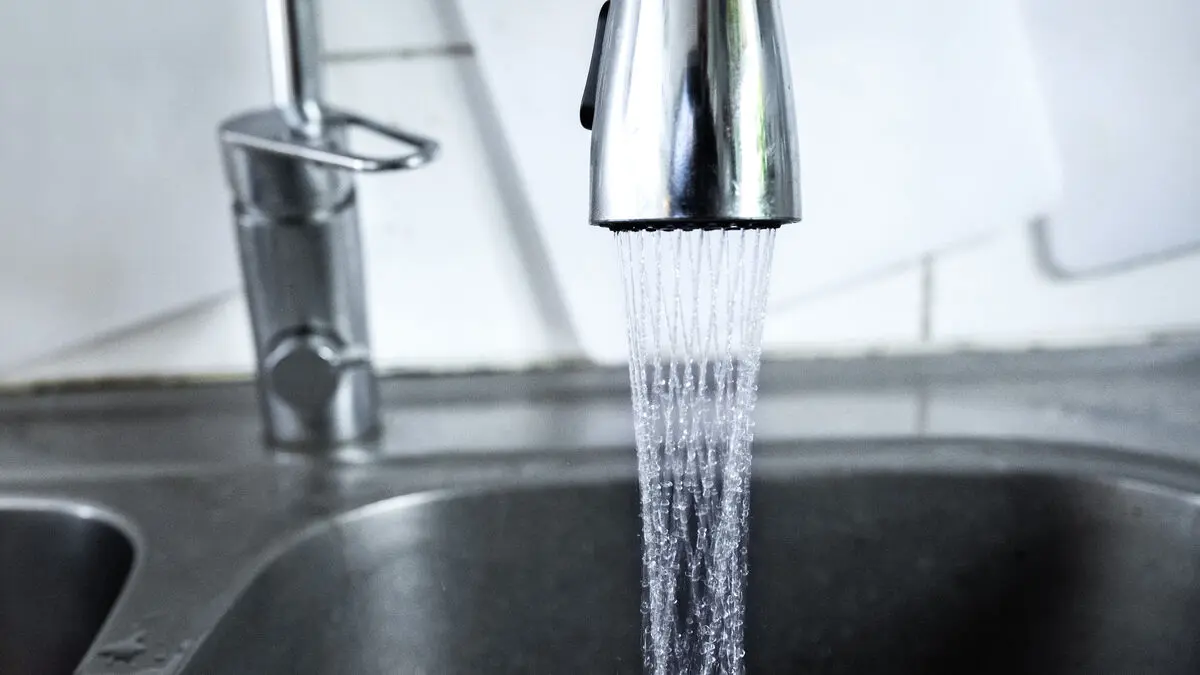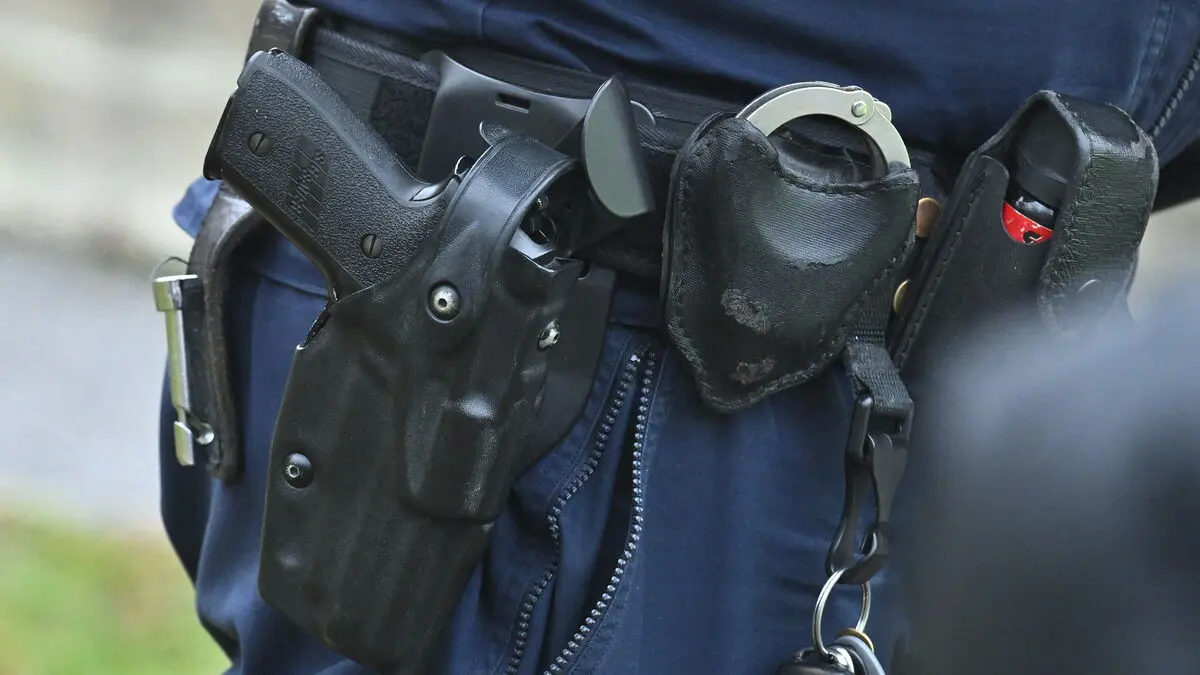Out in the mountains, it can be difficult to get mobile coverage. Visitors to the Swedish mountains therefore do best to rely on a more analog solution: the honest paper map.
It's a bit surprising since people are switching to digital means more and more. But in the mountains, it's not that easy to use your mobile phone. We think it's very good to have a mountain map, both for planning and because it works in all situations, says Per-Olov Wikberg, coordinator at the Environmental Protection Agency's Mountain Safety Council.
Coverage varies
According to the Environmental Protection Agency's survey of 21 destination companies and mountain stations, eight out of ten mountain stations have experienced some or great demand for paper maps. Only one in ten states that they have only seen "occasional" requests.
In the southern part of the Swedish mountain world, from central Jämtland, the coverage is generally good, says Wikberg. In the north, however, you can only count on coverage in communities and along larger roads. This is something that can surprise guests from Europe.
Many probably expect that there should be coverage in a larger part of the mountains. It can cause problems. European visitors are big buyers of paper maps, which you can read without them being in English or German.
Preparation is important
The turn of the month July-August is the most intense visit period in the mountains. Both with Swedes who end their vacation with a mountain hike, but also with foreign visitors. The number of inexperienced visitors has, according to the Environmental Protection Agency's survey, increased over the past five years and according to Per-Olov Wikberg, one should prepare oneself properly before heading out into the mountains. Training with a map and compass is good - and clothes according to the weather.
Map, weather, and equipment are the three parts of a good mountain hike, says Per-Olov Wikberg.
Always bring a paper map as a backup even if you use a map app on your mobile
Get familiar with the map and compass before your mountain hike
Ask or investigate before you head out if there is mobile coverage or not.
Download digital maps so that they work even without mobile coverage
Bring an extra charger/portable battery
If an accident were to occur, contact the mountain rescue team by calling 112 if there is mobile coverage, otherwise there are help phones with a direct line in most rest shelters and at STF's mountain cabins. After medical assessment, a decision can be made on whether and, if so, what type of rescue and/or medical care should be done. But always be prepared that an effort may take time depending on the weather and priorities.
Source: Environmental Protection Agency/Mountain Safety Council





